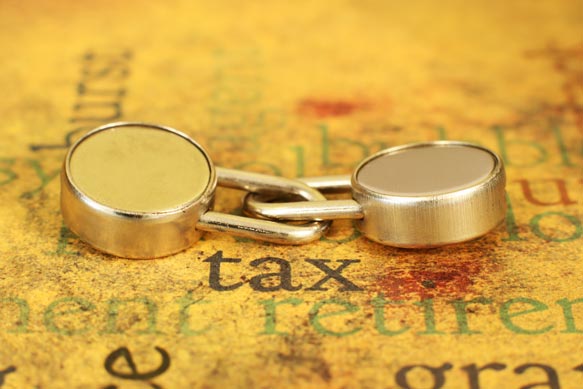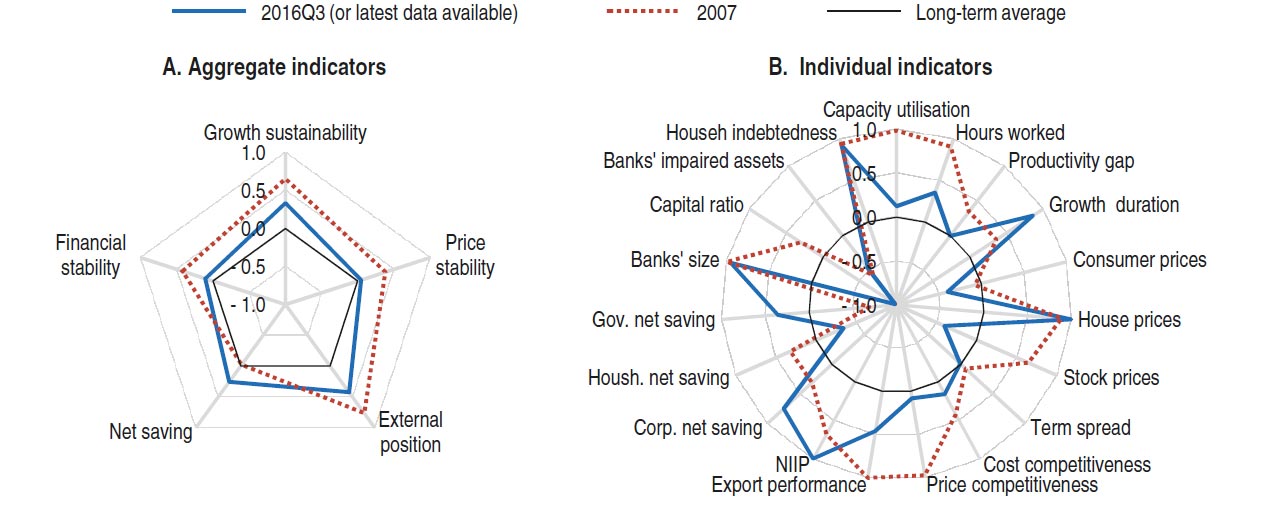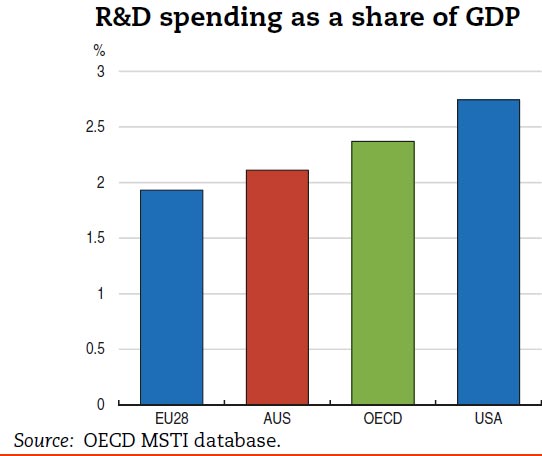Now that the first stage of a cut to the corporate tax rate has been passed by the Senate it’s clear the benefits are more political than economic. The cut may signal to the world that Australia wants to be competitive on corporate tax, but it won’t make much of a difference to our largest businesses and multinationals.
Company tax cuts have been on the government’s agenda since the 2016 budget, when the cuts were announced. Ultimately, the plan was to reduce the corporate tax rate from 30% to 25% by the 2026-27 financial year for all companies.
The government has secured a cut to businesses with a turnover of under A$50 million, with companies with a turnover of less than A$10 million receiving a reduction in their tax rate (to 27.5%) this financial year. But the second stage of the tax cut is still to be passed, that would give a cut to businesses with a turnover of A$100 million in 2019-20.
The impact is all in Australia’s image
Arms of multinational companies often pay a much lower effective tax rate when compared to their parent company. Until politicians across the globe can agree how to ensure companies pay tax on local earnings, which appears unlikely in the near future, tax rates will remain a signal to multinationals on where to base their business.
The tax cuts have been strongly supported by big companies and even more so by the Business Council of Australia. A major reason put forward by the business community is the need to stay competitive in a global environment.
Our major trading partners such as the United Kingdom and United States are planning to drastically reduce their corporate tax rates and countries such as Ireland (12.5% on corporate trading profit) and Singapore (by 2018 20% capped at $20,000) already have very low corporate tax rates in place. Multinational corporations have the ability to profit shift to lower taxing jurisdictions.
For instance, a multinational can employ tax accountants to structure ownership of intellectual property in a low taxing jurisdiction and reduce gross income by license fees, or via debt loading to a parent company. Tax avoidance is often siphoned through a non-reporting subsidiary, so these accounting tricks occur without the glare of public scrutiny. In other instances multinationals have been able to completely bypass Australian tax by booking revenues overseas.
How it will affect accounting for Australian companies
When you look at what a tax cut might mean to Australian companies, it’s not hard to envisage how a tax cut tied to a specific revenue level creates incentives for accountants and lawyers to exploit new thresholds.
Accounting research from the United States shows companies do take into account tax when considering how to report their profits. For example, a typical strategy is to delay recognising an expense that belongs in the current year, until the next year.
This is usually to make it seem like the company has increased its profits, making it appear better to shareholders. However there have been no studies specifically relating to how companies might do this in relation to revenue (what the Australian government is considering for the tax cut).
At any rate, the net rate of tax on Australian company profits is considerably lower than the current 30% (or the new 27.5%) company tax rate. According to our calculations it should be around 11.3%. This is lower than the company tax rate in other similar economies.
There’s also something unique to Australia which means private companies pay less tax and that’s dividend imputation. This is designed to eliminate the double taxation of dividends in the hands of Australian shareholders.
Since it’s introduction in 1987, dividend imputation has provided strong incentives for firms to pay the full statutory tax rate on all reported profits. The tax paid on dividends flowing to Australian shareholders of Australian companies is reduced by an amount equal to the tax already paid by the corporation, this is known as imputation credits. A shareholder’s marginal tax rate, and the tax rate for the company issuing the dividend, both affect how much tax an individual shareholder owes on what is called a fully franked dividend.
Companies that pay fully franked dividends in Australia, pay on average over 10% additional tax on the same level of earnings than companies not paying franked dividends. Approximately 62.3% of imputation credits are utilised by resident shareholders.
The average effective tax rate of Australia’s largest private companies are much lower than that of the largest public companies (most of which pay fully franked dividends). You can see this in the table below which shows the effective tax rates calculated by two separate studies.
One of the studies by the union United Voice looked at the ASX200 companies and the otherby lobby group GetUp examined the largest private companies operated by foreign multinationals.
The corporate tax rate does figure in investment decisions of Australian companies and foreign companies wanting to do business in Australia. However, the rate of corporate tax is at best a second order effect in influencing the decisions of foreign companies. Therefore, the gains from the government win in the Senate appear to be more political than economic.
At best the tax cut may somewhat reduce the burden on smaller Australian companies, albeit at a significant cost to the budget, without impacting the largest Australian and foreign multinationals. Although prospects for further tax cuts for the big end of town (which has a greater impact on the economy) are unlikely in the next five to 10 years without Senate crossbencher support.
Authors: Brett Govendir, Lecturer, University of Technology Sydney; Roman Lanis, Associate Professor, Accounting, University of Technology Sydney











